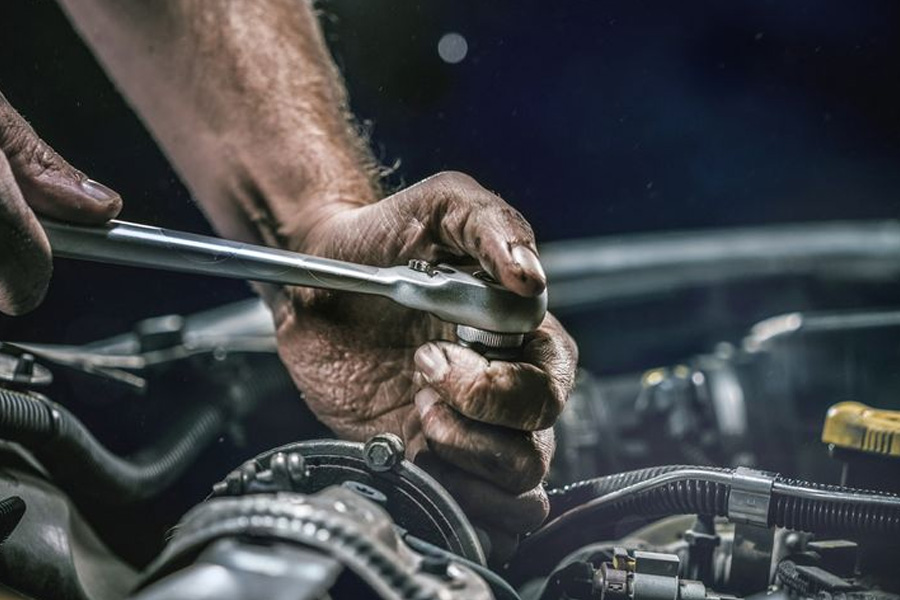
Car maintenance is essential for longevity, performance, and warranty protection. Knowing the intricate relationship between your vehicle’s warranty and maintenance plan might help you prevent unexpected repair costs and inconveniences. How to align warranty requirements with maintenance schedule.
Know your warranty
Understanding your vehicle’s warranty is the first step to aligning your maintenance plan with it, especially when seeking auto services. Basic and powertrain warranties are the main types. The basic warranty usually covers the car for a fixed number of years or miles, whereas the powertrain warranty covers the engine and gearbox. Check the warranty details and any terms that can void it, including maintenance. Knowing this will make following paperwork and service intervals easier and help you ensure you’re utilizing the best Auto Services in Baltimore, MD, to keep your vehicle in compliance with warranty requirements.
Be Sure To Follow Manufacturer Instructions
The manufacturer’s owner’s manual lists when to rotate tires, check fluids, and change oil. These guidelines are meant to keep the car in good condition and prevent costly repairs. These rules must be followed. With digital access to maintenance schedules and service reminders, you have no reason to miss a vital service interval that could void your warranty.
Maintain Accurate Records
Warranty coverage requires documentation. Whether you have your automobile serviced at the dealership or by a trusted independent technician, keep records of all maintenance. This includes complete service records, mileage logs, and receipts. In a warranty claim, recorded proof will show that you followed the maintenance plan, avoiding enforcement issues. Digital technologies and software make these records easy to access and organize.
Use Original Parts
When repairing or replacing, use OEM parts. If aftermarket items compromise your car’s safety or performance, they could void your warranty. Manufacturers often require authorized parts for warranty repairs. Even if they cost more, genuine parts ensure your car’s performance and warranty.
Frequent Inspections
Regular inspections and following the maintenance schedule can help identify issues before they become costly. Tire pressure, brake performance, and fluid levels should be checked regularly. Address discrepancies immediately. Report any issues to your mechanic during planned maintenance. These actions show accountability and diligence, which may help you pursue a warranty claim.
Request Expert Help for Large Repairs
Finally, if your car needs major warranty-covered repairs, see a dealership or approved service center. Unlicensed repair businesses may cause unexpected complications, and warranty claims are complicated. Since they know the warranty requirements, authorized specialists can help ensure the servicing meets manufacturer specifications, protecting your coverage.
Conclusion
Servicing your car according to your guarantee is crucial to protecting your investment. Being aware of your vehicle’s warranty, following manufacturer guidance, keeping accurate records, using original parts, completing routine inspections, and receiving expert help will help you avoid mistakes that could void your warranty. This proactive approach protects your warranty and extends car life.

